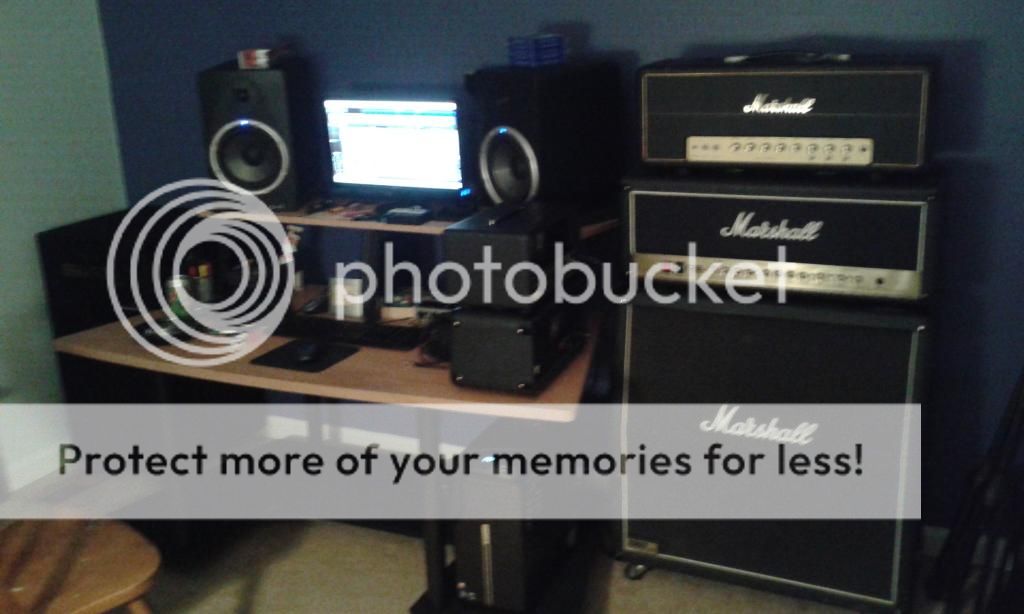I can see where the robot mic would be a nice-to-have in certain situations...but I record most of my guitar tracks early on, especially the rhythm tracks, when there is little else in the cue mix....so I don't really spend more than like, 5 minutes setting up my mic(s)....and then I'll audition the tone, make one or two slight adjustments, and that's it.
I guess what I'm saying is...if I was far off in the control room, and I was needing to try out all kinds of mic positions against a fairly complete mix, where those minute micro adjustments of the mic would all reveal something different against that mix...mmm, yeah, a robot mic would be cool.
That said...most times, I'm getting the guitar tones up-front, early on in the tracking...so all I really do is look for a good tone, basic tone, and I'll work it in later, during mixdown.
After positioning mics over the years in front of cabs/speakers...it's become rather rudimentary to find "the spot". Heck, it's often one of 2-3 spots, and there's not a heck of a lot of mystery to it anymore.
With a new amp/cab...yeah, a little experimentation is required...but in my case, my guitar amps and cabs are just 2-3 steps away from my mix position. I like that I can don't have to move too far, and having everything all in one space.
Thought it can be a PITA when you have to walk back-n-forth between a couple of rooms...so I can see where the robot mic thing is a saver.



